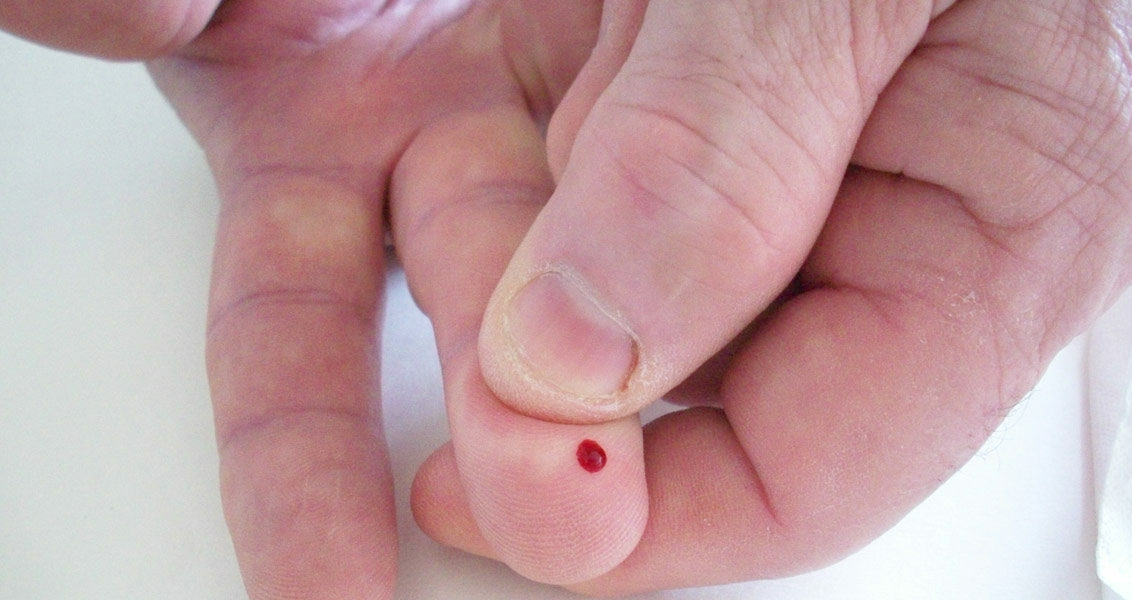
The root cause of diabetes—both type 1 and type 2—remains somewhat of a mystery. That said, lack of exercise and obesity are emerging as key players in worsening the disease. If left unchecked, diabetes puts you at risk for developing severe health complications, including stroke, heart disease, neuropathy, skin disorders, blindness, and kidney disease. Managing your diabetes can reduce these health risks; however, it takes more than medication to keep your glucose levels in check.
Insulin is necessary for glucose processing at the cellular level. This is the process by which your body converts sugar into energy. If you don’t have enough insulin—or if your cells are sensitive to insulin—then the cells can’t use the glucose. That, in turn, halts sugar absorption dead in its tracks—causing your body’s blood sugar level to rise. Here’s the amazing thing, though: During exercise, glucose can enter—and be absorbed by—the cells without the help of insulin, thus lowering the body’s overall sugar levels.
If you’re a diabetic, it’s important to exercise with the guidance of a health professional. A physical therapist (PT) can design an exercise plan specifically for you—taking all health risks and concerns into consideration. When your therapist maps out your exercises and stretches, he or she also will go over carb-intake and medication timing prior to exercise. It’s important to monitor your levels before exercise to ensure you are within a safe range to work out. The physical therapist can prescribe—and monitor—programs for both strength and cardio training. Each of these exercise categories offers a benefit for diabetic treatment—cardio for endurance and strength training for improved performance of functional movements (e.g., tasks). Your therapist will most likely prescribe a combination of the two.
Beyond exercise, a physical therapist can evaluate diabetic ulcers and prescribe special footwear and assistive devices. He or she also can perform pain-relieving modalities like massage, aquatic therapy, and Anodyne Therapy (an infrared therapy used to increase circulation, thus reducing pain and stiffness). When paired with medication, physical therapy can help restore your quality of life and give you the exercise tools necessary to keep your levels in check.


